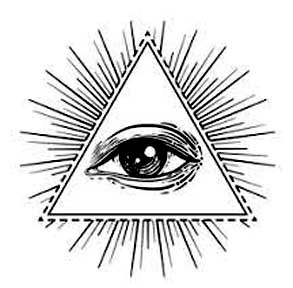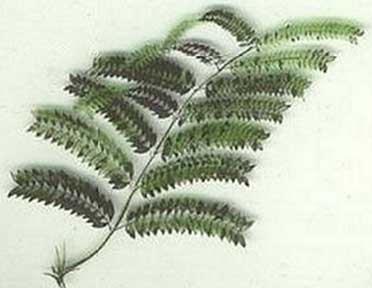Illustrated Architecture Dictionary
![]()
Illustrated Architecture Dictionary
Masons / Freemasonry / Masonic Symbols


All Seeing Eye of God / Eye of Providence. Often enclosed in a triangle and surrounded by rays of light. Symbolizes Divine watchfulness and God's ever present care of the universe.
Used on dollar bills.
Square and Compasses
Architect's tools, often seen with the letter "G" in the middle, which stands for “geometry”
Lambskin Apron
The initial gift to a candidate and buried with him. It goes back to the days of working Masonry when masons wore a long apron of thick leather to protect them against splinter; of rock and blows from their tools.
Symbol of the immortality of the soul and innocence.
Freemasonry, the teachings and practices of the secret fraternal (men-only) order of Free and Accepted Masons, the largest worldwide secret society. Spread by the advance of the British Empire, Freemasonry remains most popular in the British Isles and in other countries originally within the empire. Estimates of the worldwide membership of Freemasonry in the early 21st century ranged from about two million to more than six million.
Freemasonry evolved from the guilds of stonemasons and cathedral builders of the Middle Ages. With the decline of cathedral building, some lodges of operative (working) masons began to accept honorary members to bolster their declining membership. From a few of these lodges developed modern symbolic or speculative Freemasonry, which particularly in the 17th and 18th centuries adopted the rites and trappings of ancient religious orders and of chivalric brotherhoods. In 1717 the first Grand Lodge, an association of lodges, was founded in England.
Freemasonry has, almost from its inception, encountered considerable opposition from organized religion, especially from the Roman Catholic Church, and from various states. Freemasonry is not a Christian institution, though it has often been mistaken for such.
- Encyclopaedia Britannica (online October 2020)The square and circle shapes are related in Euclid’s 47th problem of “Squaring The Circle,” said to be the primary goal of the Masonic craft. Squaring the circle, however, does not in this case refer to a mathematical problem: it is a spiritual reference to man’s instinctive quest to harmonize our physical and spiritual natures. Since Antiquity, the square has represented the physical body. The circle, on the other hand, has always represented the soul."
- Richard Cassaro, The Masonic Square and Compasses - Decoded (online October 2020)"Most American Freemasons wear a Master Mason Apron which are 14 inches by 16 inches and is made of white, synthetic leather with Masonic symbols embroidered onto them in blue thread ... Some members wear an apron which has ties in the back, however most prefer the belted version. To keep them clean before and after lodge work, many Master Masons place them in zippered apron cases which have handles." - Masonic Lodge of Education (online August 2014)
"There can be no doubt that the Masonic apron has been developed from the apron worn by operative masons in the middle ages. The few examples surviving show that the operative apron was fashioned from the skin of an animal, most probably a sheep. It was large enough to cover the wearer from chest to ankles, and its fall was held by a leathern thong which passed round the neck. From each side a thong, firmly stitched, enabled the mason to tie the apron round his waist, and the tied bow tended to fall as end-strings. The use of this rough apron continued for many centuries ; the woven apron used by modern masons is comparatively late; it came into use in the eighteenth century.
"The tendency to decorate Masonic aprons with symbolic designs began in the 1730’s, and between 1740 and 1790 this practice became widespread. These efforts were mostly crude, but many surviving examples reveal skill and taste. Indian ink, paint and embroidery were commonly used for this ornamentation. The most popular designs usually included the All-Seeing Eye, the Columns, and the Square and Compasses." - F.R. Worts, The Apron and its Symbolism. (online August 2014)
Examples from Buffalo architecture:
- Joseph Turkalj, George Washington Monument
- Oakes Ames Memorial Hall Easton, Massachusetts
- H. H. Richardson Administration Building cornerstone
- Buffalo Zoo Elephant House carved panel
- Oberkircher Mausoleum
- Connecticut Street Armory cornerstone
- Carpenters' Hall Philadelphia
